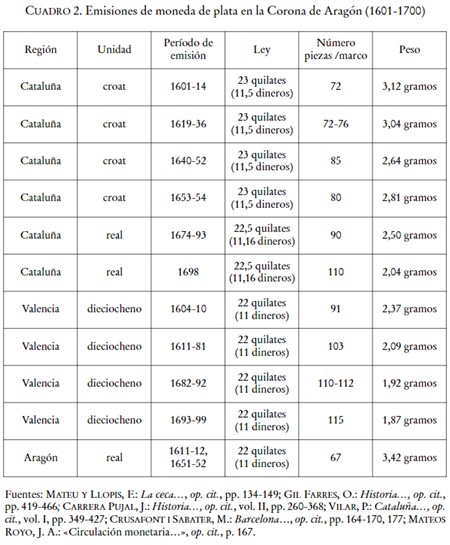One question that has been receiving the necessary attention in recent years is the extent to which people did or did not know how to sign in the Castilian Renaissance period, especially through notarial deeds and the presence (or not) of the rubric at the end of the document in question. A chronological analysis of the rate of men who knew how to sign in Ávila shows a large increase from the beginning of the 16th century to 1528, from 47.9% in 1503 to 58.6% in 1528. From then on, the percentage level remained more or less stable until 1603. Women, on the other hand, show a lower level of literacy than men, with only 6.3% of those who appear in the sources in 1503 being able to sign, ending the century with 14.5% in 1603 and with only an upturn in 1553 with 38.9%, which may be due to the characteristics of this century, showing a lower rate of women who did not know how to sign their documents.
Collection: Statistics
Project: 11. Science and culture as representation in Europe., 4. Family, daily life and social inequality in Europe.
Chronology: XVI, XVII
Scope: Secondary Education, Baccalaureate, University, Postgraduate
Link: https://revistas.usal.es/index.php/Studia_Historica/article/view/4653
Resource type: Statistics
Format: Table
Source: de Tapia, S. (1988). "Nivel de alfabetización en una ciudad castellana del siglo XVI: sectores sociales y grupos étnicos en Ávila", en Studia historica. Historia moderna, nº 5, p. 488.
Language: Spanish
Date: 1988
Owner: Roberto José Alcalde López (Modernalia)
Copyright: ©Studia historica. Historia moderna ©Serafín de Tapia
Abstract: Table showing the level of literacy in Avila by gender and period between 1503 and 1603
Tags






